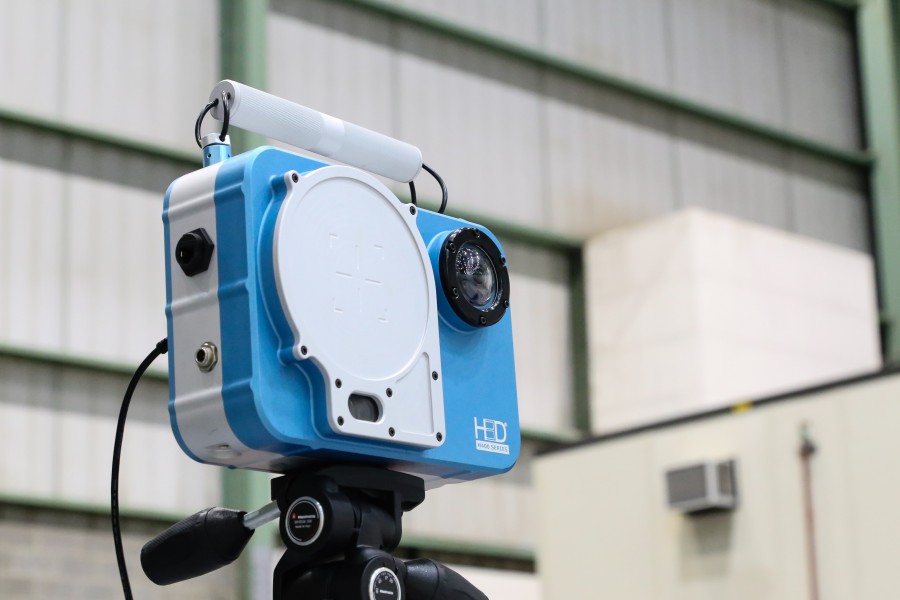Decommissioning nuclear power plants with H3D
9th February 2022

The H-series, designed and manufactured by H3D, are industrial imaging spectrometers that use Cadmium Zinc Telluride (CZT) detectors for the identification, quantification, and localisation of gamma sources found at nuclear power plants and during accidents and emergencies.
Detecting radioactive contamination that is of similar strength to natural background radiation is difficult, but necessary during the decommissioning and cleanup of nuclear power plants. H3D instruments have excellent energy resolution, high peak-to-total ratio, and high efficiency.
Fast, portable, and lightweight, they allow for real-time spectroscopy, identification, and imaging, with omnidirectional sensing that can be ready to use in as little as 90 seconds. The units are air- and water-tight for easy decontamination and have an integrated range finder and dose-range gauge.
Decommissioning and decontamination
The H-series has high imaging efficiency and isotope discrimination thanks to the low energy resolution of CZT detectors (less than 1%). The H-series gamma imaging systems can be used to identify primary sources of radiation before work and to verify the adequacy of temporary shielding by measuring the distribution of gamma rays before and after shielding is added. Imaging can also be used to identify exposure through unseen gaps.
Its high efficiency allows it to quickly image gamma-ray intensity isotope by isotope, even near background levels. The H420 is the workhorse of H3D instruments with its 19cm3 coded aperture mask and is capable of detecting and imaging sources that are weaker than natural background radiation levels, allowing it to identify residual hot spots that need to be cleaned.
Identifying fuel failures
Fuel element failures in a nuclear reactor’s cladding can release Cs-137, suggesting the presence of alpha-emitting actinides. However, because of strong gamma rays released by N-16 in the reactor’s coolant system, the Cs-137 signal can be hidden.
The CZT detector used in the H-series has an extremely high peak-to-total ratio and excellent energy resolution that allows the Cs-137s 662-keV peak to be identified, even in a strong N-16 field.
Emergency response
H3D detectors do not need to be cooled, meaning they can be ready to operate in a matter of minutes. Because of the high efficiency of the CZT detectors in the H-series, results can be determined quickly in an emergency.
Imaging can be used to quickly determine the spatial distribution of the hottest sources. For example, the H400 can be used to identify plumes with gamma-emitting isotopes and the isotopic composition at distance, where plumes occur over neighbouring reactors.
Find out more
You can learn more about the H-series by clicking the button below to speak with our product specialist directly and have a one-to-one guided session.